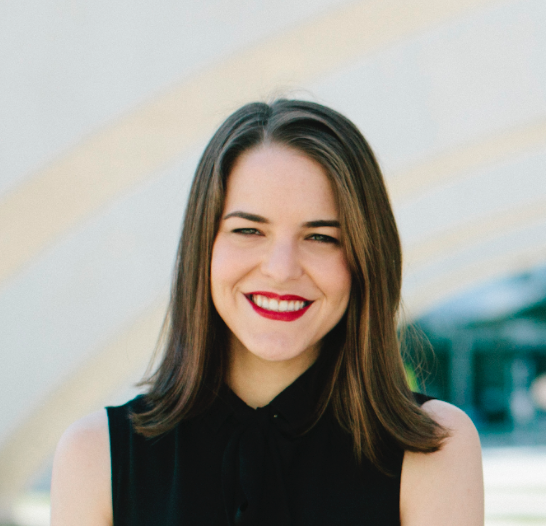Every single day, more than 500,000 new websites are created. Hundreds of hours of video are uploaded to YouTube each minute. Thousands of tweets are sent each second. There are more than 700,000 podcasts, each releasing new episodes all the time.
Updated versions of these types of statistics roll out annually, and each time I see one I have the same few thoughts.
First, I think about how lucky we are to live in a time when content creation and distribution has been so thoroughly democratized. Content-creation tools and technology have never been more accessible, and the proliferation of the internet and social media has largely done away with the gatekeepers of yore, who got to decide which stories were worth telling and what content could be shared. In the present day—and for the foreseeable future—we can all be storytellers. That’s a beautiful thing.
Second, I think about how content consumption has become more audience-led, due to the sheer volume of con- tent being created. We can’t possibly consume it all*, so we have to hone our expectations, raise our standards, and make tougher choices about where we spend our time. This means the pressure on creators and storytellers is higher than ever before: we must create content compelling and differentiated enough to rise to the top of an increasingly crowded content landscape.
Third, I think about the amazing opportunity that these two realities have created for the people who are willing to invest the time and effort into creating truly remarkable story- telling. I see these ever-increasing numbers as a good thing: a sign that storytellers will continue to play a role in our society.
This warms my heart, because I’ve always been a storyteller.
But I know that not everyone shares the same excitement about a future of rampant content creation and increased storytelling. For some—especially those who have had content creation or production added to their already-filled work plates—each new social platform that launches or each new content format that catches on is an overwhelming reminder of the work to be done, and the increasingly hungry audiences we need to continue to feed with quality content.
Where will the ideas come from, we ask ourselves. We’ve been conditioned—through ancient myths, modern movie plot lines, dramatic entrepreneur origin stories—to believe that creativity and inspiration are either innate or random.
Some people, it seems, are just born with it. For those folks—the ones lucky enough to come into this world with some special creative ability—the ideas flow freely. They surface radical new concepts, introduce revolutionary new products, disrupt entire industries, and change the way we think. These people are labeled “creative geniuses” and are put up on a pedestal, elevating them to superhuman status. Leonardo da Vinci. Marie Curie. Steve Jobs. Beyoncé.
For others, great ideas seem to come as a stroke of luck. Things, people, or circumstances line up just right for them to make a discovery or use an object in an entirely new way. The Swiss engineer George de Mestral invented the hook-and-loop fastening system now known as Velcro after investigating why burrs kept sticking to his clothing during a hike.
When we allow ourselves to see idea generation as innate or random—as something people are either born with or gifted by some other entity without warning—we take our own agency out of the creative process. We’re telling ourselves we just don’t have “it” or that we have to keep waiting for our “big idea” to come to us, when it’s ready… when the muse permits… someday… if it ever happens.
But the reality is, anyone can generate content ideas quickly and easily, if they have the right framework.
The problem, when it comes to the task of generating content ideas, is that most of us lack a framework for how to think about them. We don’t have ready subcategories that guide our thinking and allow us to generate lists of new ideas quickly and efficiently. Frameworks act as guardrails for your brain, giving you a place to start and a direction in which to move with confidence.
Truthfully, it doesn’t matter which framework you use so much as it matters—simply—that you have one.



